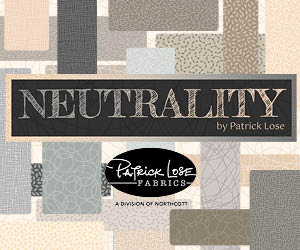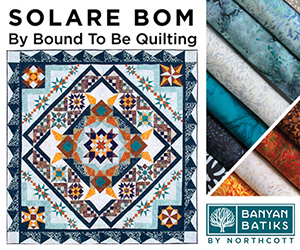
Psychology plays a huge role in retail merchandising. Read on for ways to display your merchandise to turn inventory faster.
Simple tricks
There are many ways to arrange your merchandise to increase sales, but let’s start with the 2-finger rule. Simply put, there should be a two finger space in between your product and the top of the shelf. This both maximizes your shelf space as well as presents the product logically to customers.
Speaking of shelves, most people scan shelves in a Z when looking. Customers also compare products horizontally.
It goes without saying, but try not to place heavy products on higher shelves. 15% of people didn’t buy an item because it was too heavy when moving it.
Finally, consider rotating products. Moving an item from the bottom shelf to eye-level increased sales by 87 percent.
Color merchandising
Color obviously plays a role too. Check out the list below to encourage different feelings:
- Blue: Promotes peace and tranquility
- Green: Encourages freshness and nature
- Purple: Equates to spirituality
- Yellow: Spreads energy and happiness
- Pink: Makes people romantic
- White: Creates a simple and clean atmosphere
There are hundreds of tips that I’m sure we didn’t cover. What have you learned in your career you can share with the quilt retailer community? Comment on this blog for merchandising tips that have worked for you.
If you’re looking for more information to guide you in owning a retail business, subscribe to American Quilt Retailer today. Already a subscriber? No worries—join our Facebook group for insights and dialogue from industry specialists like you. And don’t forget, you can always purchase single issues if you prefer that instead.













